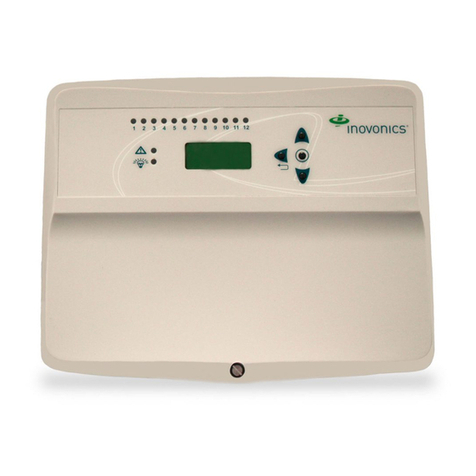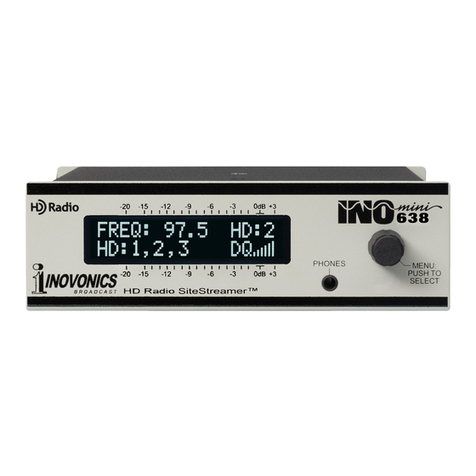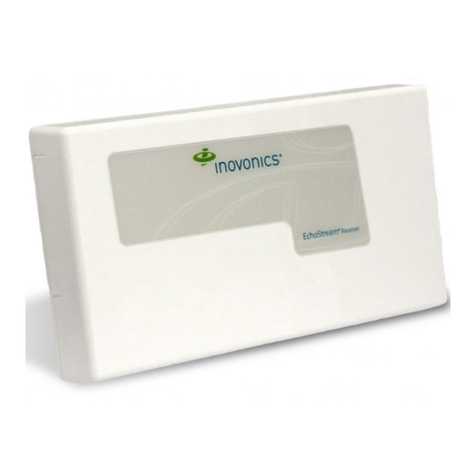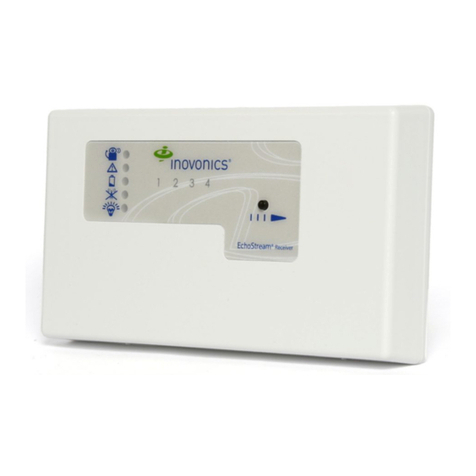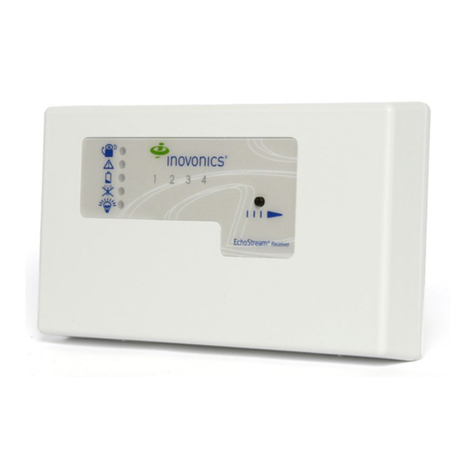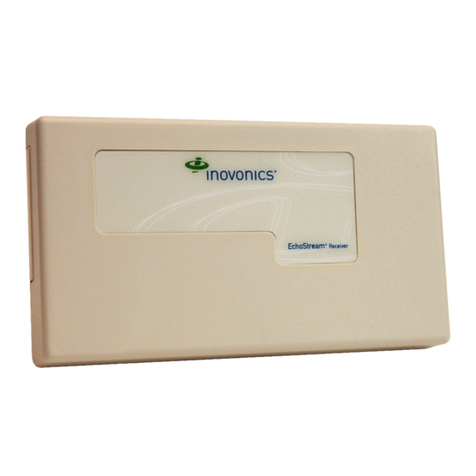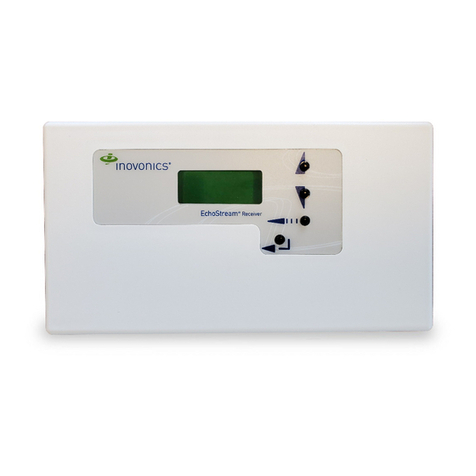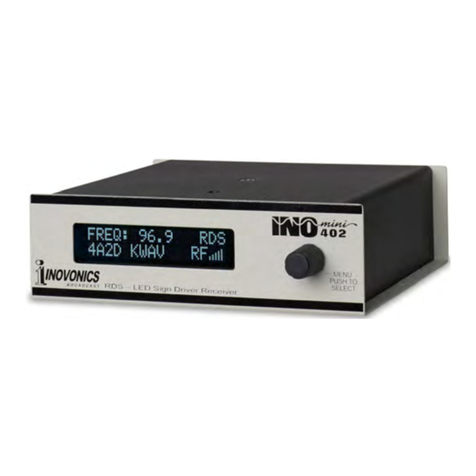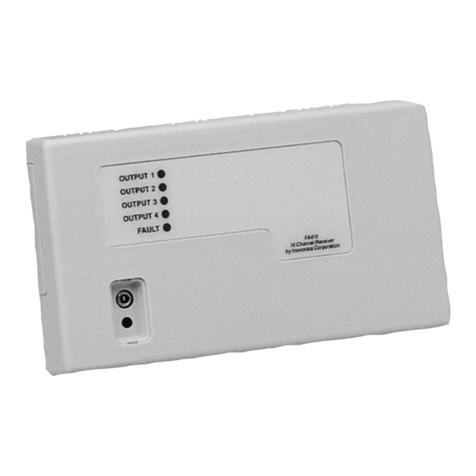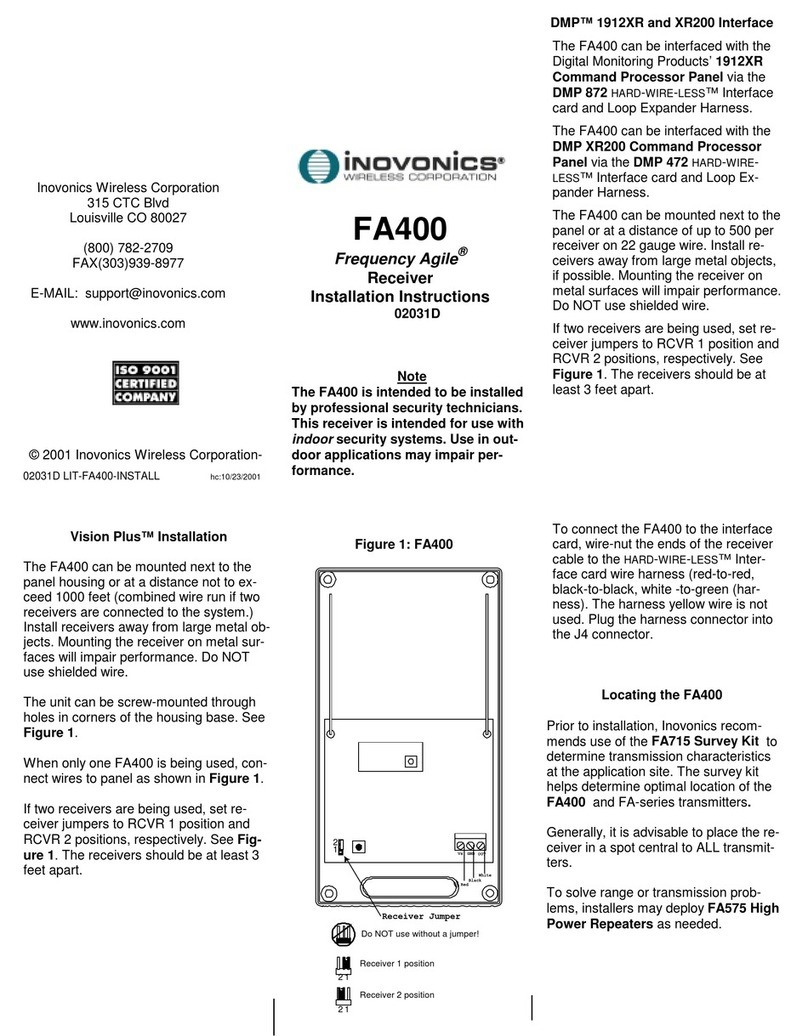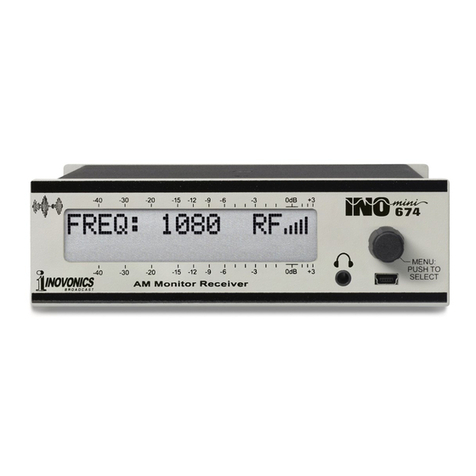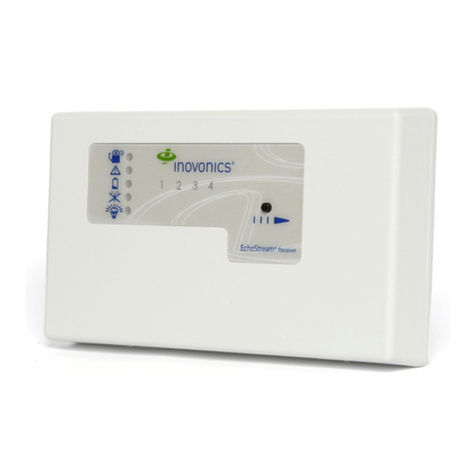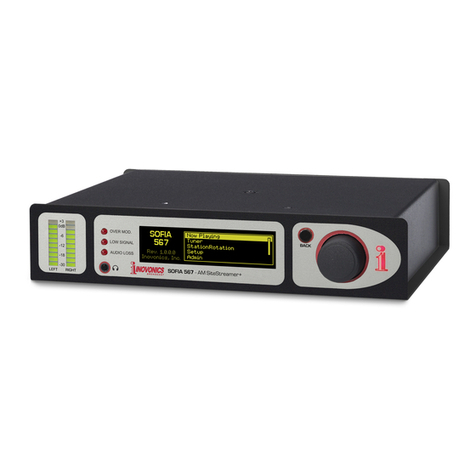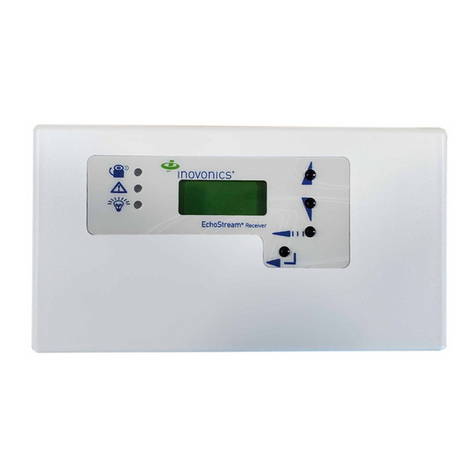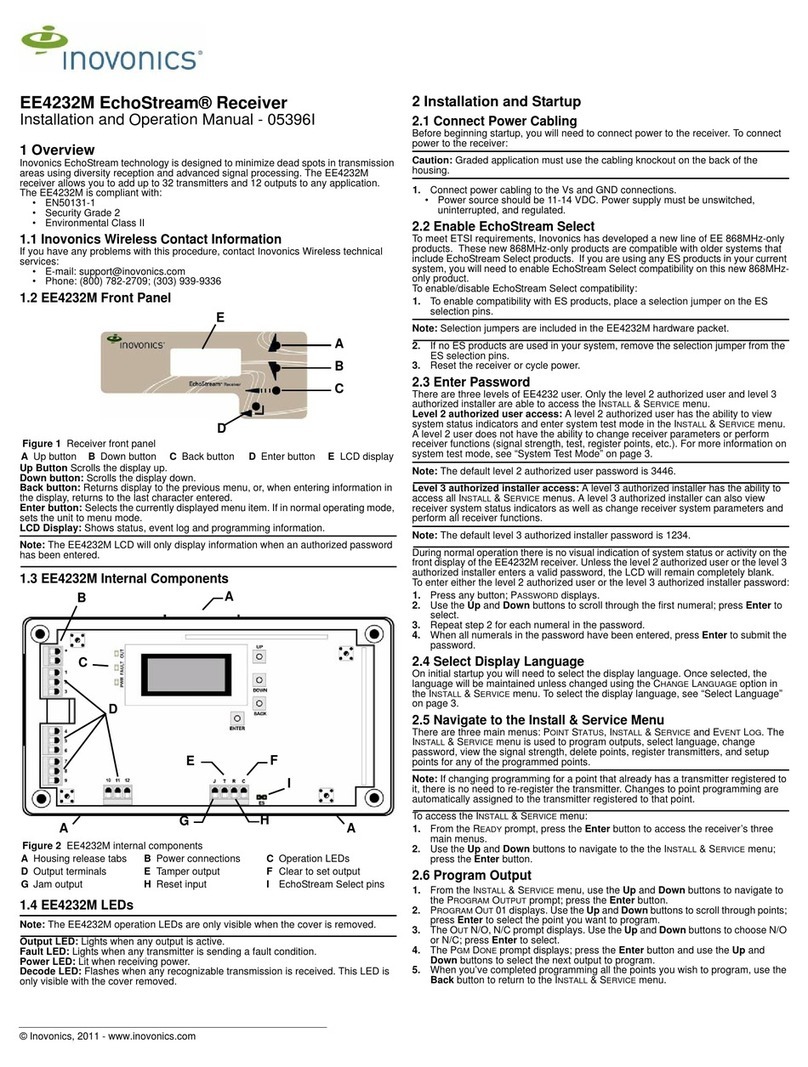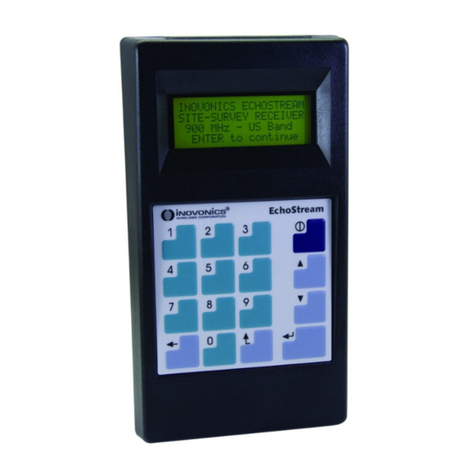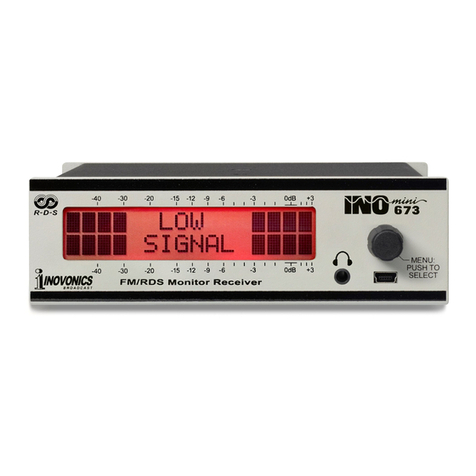
——
The Receiving
Antenna Almost by definition, FM relay (translator) installations are in the
fringe of the primary broadcast reception area. This means that a
high-gain, directional receiving antenna must be used if the re-
transmitted signal is to maintain full broadcast quality. This is
particularly important when composite-baseband is re-broadcast
directly. SCA and RDS subcarriers can be degraded, even when the
stereo program sounds fine.
A number of professional FM receiving antennas are available to
broadcasters, and no doubt your preferred equipment distributor can
be coerced into making a recommendation. Be sure to check antenna
impedance, however. A 50-ohm antenna will require a “balun”
matching transformer to properly match a 75-ohm feedline and the
antenna input of the Model 630.
Residential FM antennas should not be ignored for translator
receivers. Something equivalent to the Radio Shack®(Tandy) 15-2163
is a quite acceptable “low-end” choice, and some of the so-called “deep
fringe” consumer FM antennas are really quite good. Many in this
category will exhibit a 300-ohm impedance and will require an
appropriate balun, such as the popular 300/75 matching balun used for
cable connections to older TV sets.
Input Filters Installations which co-locate the re-broadcast receiving and
transmitting antennas may require installation of a notch filter “trap”
in the Model 630 antenna feed. This keeps the transmitter from
desensitizing (or completely “blocking”!) the receiver. The closer the
receive and transmit frequencies, the more likely this is to be a
problem. The “tuned-cavity” trap will probably prove best for this job.
PROGRAMMING THE RECEIVE FREQUENCY
The 630 is tuned by programming the SET FREQ. “DIP” switch beneath
the top cover. This is located on the circuit board directly behind the
front-panel headphone jack. A programming chart is affixed to the
inside of the top cover and shows the DIP-switch settings for each
100kHz frequency increment between 87.9Mhz and 108.1MHz. A copy
of this chart also appears in the Appendix of this Manual on Pages 28
and 29.
The chart has eleven columns of switch settings. These are labeled A
through K and correspond to the first eleven DIP-switch positions which
are similarly labeled in the circuit board legend to the right of the
switch. Each column of the chart contains a 0 or a 1, signifying OFF or
ON, also labeled on the circuit board.
Use a ballpoint pen or small screwdriver to set the switches. To
program a 0, push the switch actuator down-to-the-left, or away from
the large synthesizer chip, IC39. To program a 1, push the switch
